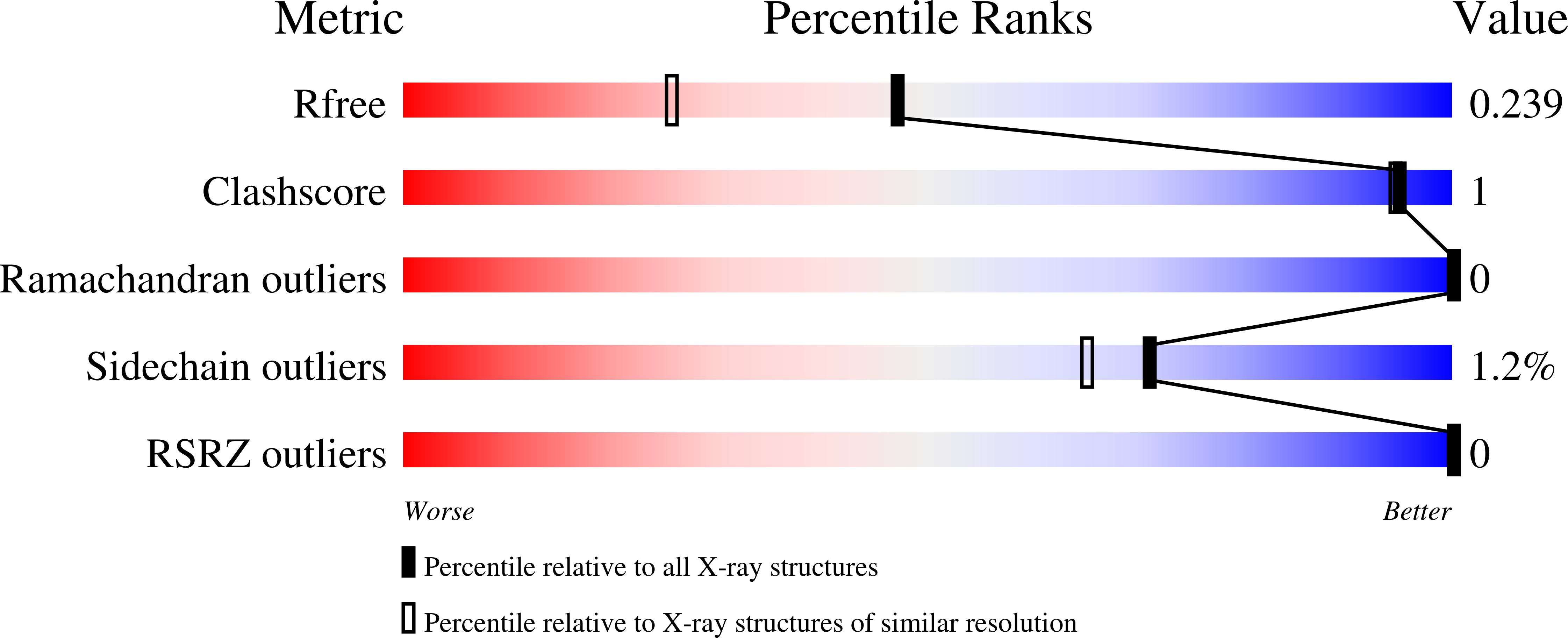
Deposition Date
2022-07-19
Release Date
2023-04-05
Last Version Date
2024-02-07
Entry Detail
PDB ID:
8AG8
Keywords:
Title:
Structure of the Fluorescence Recovery-like protein FRPL from Pseudomonas borbori
Biological Source:
Source Organism:
Pseudomonas borbori (Taxon ID: 289003)
Host Organism:
Method Details:
Experimental Method:
Resolution:
1.80 Å
R-Value Free:
0.23
R-Value Work:
0.22
R-Value Observed:
0.22
Space Group:
P 43 21 2


